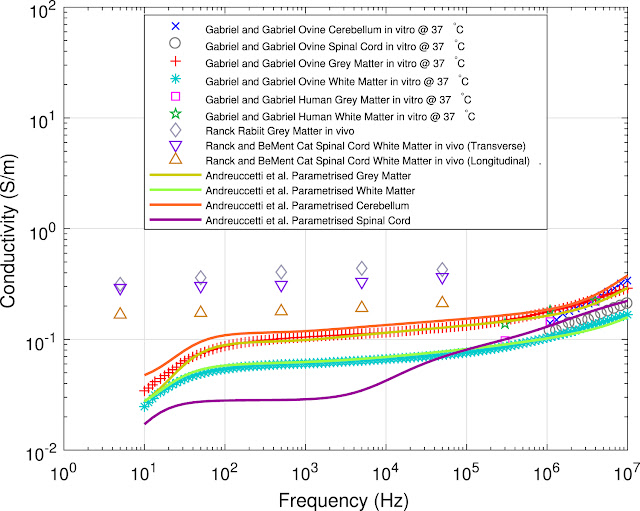Electrical impedance tomography is a medical imaging technique that uses surface electrodes to measure the electrical conductivity, permittivity, and impedance of a part of the body. This information is then used to create a tomographic image of that part of the body, without the need for invasive procedures.
In this study, part of Toby's PhD work, we looked at the accuracy of the math that's used to make those images. We collected data from different sources to evaluate the assumptions that the math is based on, and we wanted to see if those assumptions were true for all the different tissues in the head.
Our results showed that the math assumptions were mostly accurate for the head tissues, but not for the brain tissues. In particular, when using electrical impedance tomography, we found that the capacitive effects are not negligible for the brain tissues. This means that using the wrong assumptions when making images of the brain can lead to greater errors and local distortions in the images.
So, it's important for us to be aware of the limitations of the mathematical assumptions that are used in EIT, especially for the brain tissues. This will help us to be more accurate in creating images of the head, which will ultimately lead to better diagnoses and treatments.
Full paper available online at https://doi.org/10.1088/2057-1976/abe190
Williams, Toby; Bouazza-Marouf, Kaddour; Zecca, Massimiliano; Green, Alex (2021): Analysis of the validity of the mathematical assumptions of electrical impedance tomography for human head tissues. Loughborough University. Journal contribution. https://doi.org/10.1088/2057-1976/abe190
